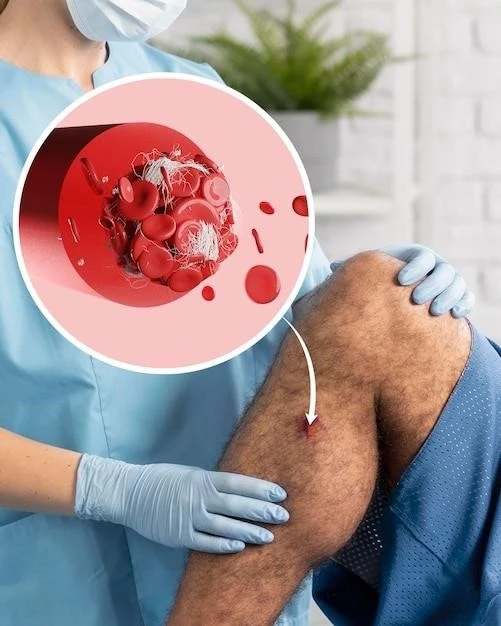Understanding C1 Esterase Deficiency and Angioedema
To understand the causes of C1 Esterase Deficiency and the symptoms of Angioedema, explore the role of genetics, complications, and diagnosis. Learn about treatment options and the difference between hereditary and acquired angioedema. Discover effective ways to manage swelling.
Causes of C1 Esterase Deficiency
C1 Esterase Deficiency can be caused by genetic mutations affecting the C1 esterase inhibitor protein. This deficiency leads to unregulated activation of the complement system, resulting in angioedema. Factors like stress, infection, and certain medications can trigger attacks. Understanding these causes is crucial for managing and treating the condition effectively.
Symptoms of Angioedema

Angioedema presents as rapid and severe swelling in the deeper layers of the skin and mucous membranes. Common areas affected include the face, lips, throat, genitals, and extremities. Symptoms can be painful and disfiguring, leading to difficulty breathing or swallowing. Understanding these symptoms is crucial for timely recognition and management to prevent complications.
Treatment Options for C1 Esterase Deficiency
Managing C1 Esterase Deficiency involves strategies to control acute attacks and prevent future episodes. Treatment options include C1 inhibitor replacement therapy, antifibrinolytics, and bradykinin receptor antagonists. Discuss with a healthcare provider to create a personalized treatment plan tailored to your specific needs. Adherence to prescribed therapies is essential for effectively managing this condition.
Difference Between Hereditary and Acquired Angioedema
Hereditary angioedema is caused by genetic mutations affecting proteins like C1 esterase inhibitor, while acquired angioedema occurs due to other factors, such as autoimmune conditions or certain medications. Understanding the distinction between these types is crucial for accurate diagnosis and appropriate treatment. Consult a healthcare provider for proper evaluation and management based on the specific type of angioedema.
Managing Swelling in Angioedema
Effective management of swelling in angioedema involves a multi-faceted approach. It includes identifying triggers, avoiding allergens, following a healthy lifestyle, staying hydrated, and promptly treating symptoms with prescribed medications. Proper communication with healthcare providers, regular monitoring, and compliance with treatment plans are essential in successfully managing swelling episodes. Seek guidance for individualized care.
